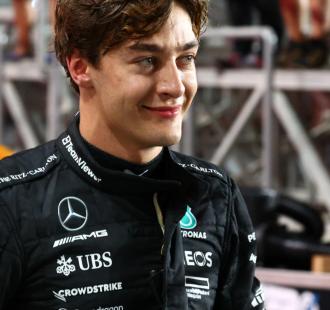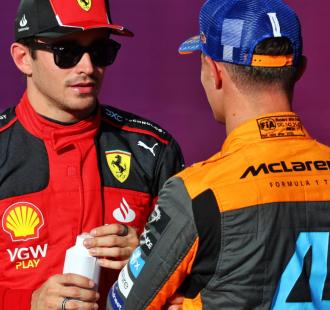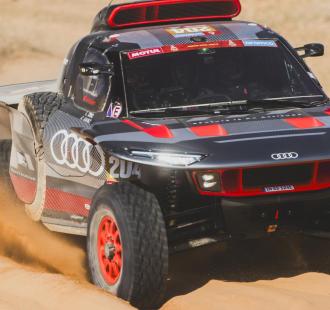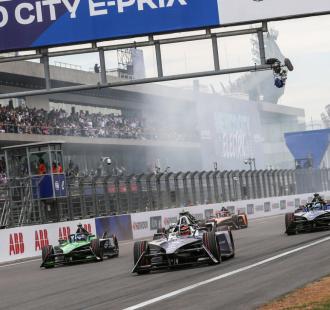
Russell hits back at former driver criticism following extreme Qatar GP
George Russell has detailed the extreme conditions faced in theQatar Grand Prix as he dismissed opinions of some former driversafter the heat impacted the field. The race at Lusail was alreadyset to be physically demanding for the field with the high-speednature of the track, but a combination of no wind and driverspushing flat out after a maximum stint length of 18 laps wasimposed meant some struggled to cope with the heat. Esteban Oconclaimed he was throwing up inside his helmet, Lance Stroll that hewas losing consciousness behind the wheel while Logan Sargeantretired with severe dehydration. The FIA has moved to introduce anair scoop into the design of cars to channel air to the drivers,who faced criticism from some former Grand Prix racers. HoweverRussell, who finished fourth in the race, has de-constructed theirarguments and explained just how cockpit temperatures reached 60degrees celsius. Russell hits back "Training substantially for theheat, I train with three layers of clothes ahead of the hot races,and I do a huge amount of saunas to adapt to the heat," Russellexplained to media including RacingNews365. "The guys who arecommenting on this, we're driving 20 seconds a lap faster than theywere going, pulling 5G in every single aspect, and of course weneed to be gladiators. "But when it comes to the heat, there isonly os much the body can take. "If you take the Qatar World Cup,due to the heat, they added three-minute water breaks twicethroughout the games. They have their 15 minute half-time break,and we're driving flat out for 90 minutes on a super high-speed andhigh downforce circuit with temperature and humidity that wasthrough the roof. "My recovery was pretty straightforward becausefor anyone who's been in a sauna before, at one point, you feellike you need to get out of there because you're about to burn."But once you spend five or 10 minutes afterwards, cooling down,you feel okay, but I know some drivers who suffered withheatstroke, they were ill for the week following as well. "Andanybody can say what they like but the race cars in the 1980s and1990 didn't have all the electronic boxes around the cockpit,heating the cockpit up. "They didn't have the power steering systemthat was running at 50 or 60 degrees radiating heat. We havehydraulic lines running all around the cockpit, which is 120degrees celsius. "The cockpit was closing in on 60 degrees Celsiusthrough the race and we have thicker fireproof underwear than theyever wore. "Since [Romain] Grosjean's [fiery 2020 Bahrain GrandPrix] crash, the fireproofs are substantially thicker. "It's likewearing a fleece, so people can say what they like, but things aredifferent now, the same way things were different 40 years ago."


